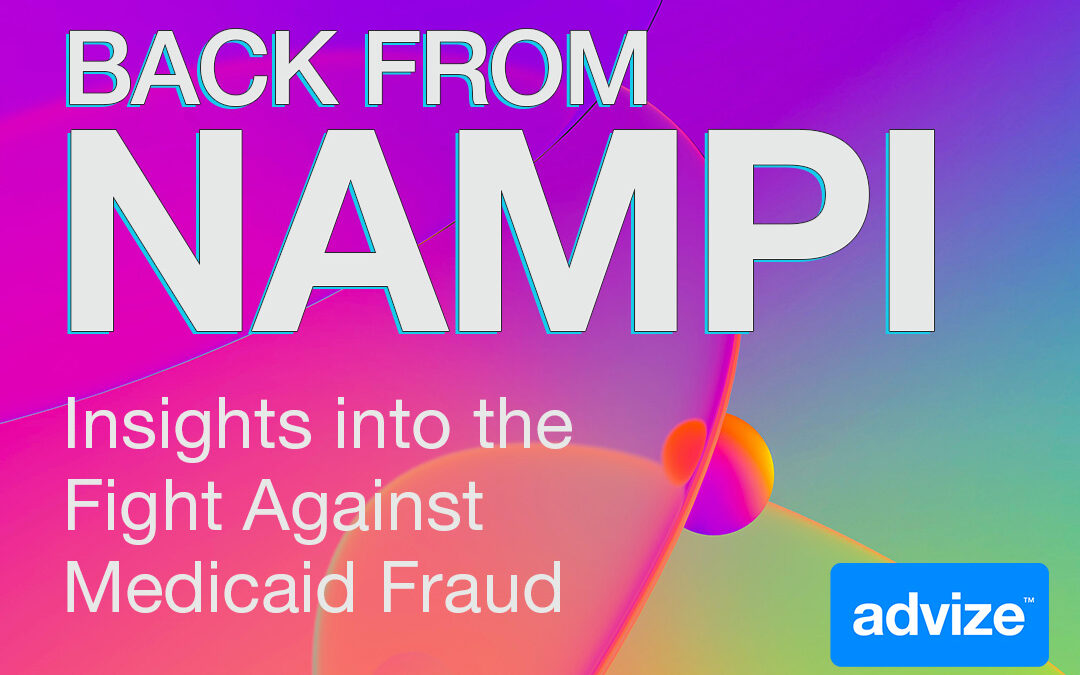Scottsdale was hot AF (Hot As Fraud) – temperatures were way over 105, and hot Medicaid Fraud topics were discussed.
The National Association for Medicaid Program Integrity (NAMPI) has an annual training conference. This conference brings together the public and private partners who are leading the efforts to identify, investigate, resolve, and (hopefully) reduce the incidents of fraud, waste, and abuse in the very complex Medicaid environment. The conference provides an opportunity to meet and learn from a variety of perspectives the newest innovations and concepts being utilized by the federal government, the States, the Medicaid Plans, law enforcement, and vendors. While the agenda is diverse and widely scoped, some specific themes stood out.
Data is King
As always, data is king. It is the lifeblood of program integrity. What jumped out in the conference was the advancements being made in the utilization of artificial intelligence to identify and predict fraud schemes and program vulnerabilities.
Information Sharing and Collaboration
Related to this, but perhaps of more importance, was the predominant theme of information sharing, coordination of efforts, and collaboration. Several presentations – from law enforcement, the payers, vendors, and the public sector stressed the importance of sharing information concerning fraud schemes, suspect providers, success stories, and ideas for improvement. The underlying common denominator from all these presentations was that the only way to be truly successful was to work together toward the common goal of improving program integrity.
Integration with Payer Organizations
In line with this theme of coordination was the presentation from multiple sources on how a Special Investigations Unit, as part of an overall program integrity and payment integrity effort, must be better integrated with the other components of a payer organization. The importance of making the program integrity arm an integral part of the operation of the payer was a theme that came out in several of the presentations. Coordinating areas such as provider enrollment, claim adjudication, provider outreach, and member eligibility and enrollment with program integrity and fraud, waste, and abuse detection were stressed to improve provider abrasion numbers, increase overall return on investment, and create efficiencies and best practices that cross these functional areas.
Post Public Health Emergency Environment
Finally, the theme of where Medicaid program integrity is in a post-Public Health Emergency environment was the subject of several presentations. Specific areas such as enrollment, the rise of telehealth, the impact of waivers, and the stress on the provider community were all touched upon.
The bottom line is that this conference, as always, highlighted the ever-present issues of fraud, waste, and abuse in Medicaid. However, this iteration brought into the discussion some important new ideas and concepts such as integration, cross-discipline and function coordination, information sharing, and collaboration to a degree not seen before. Perhaps this focus comes from where we are in a post-COVID environment, but whatever the cause, it was refreshing and inspiring to hear it from so many people from so many different areas within the program integrity world.
For more information on the National Association for Medicaid Program Integrity (NAMPI), you can visit their official website here.


Recent Comments